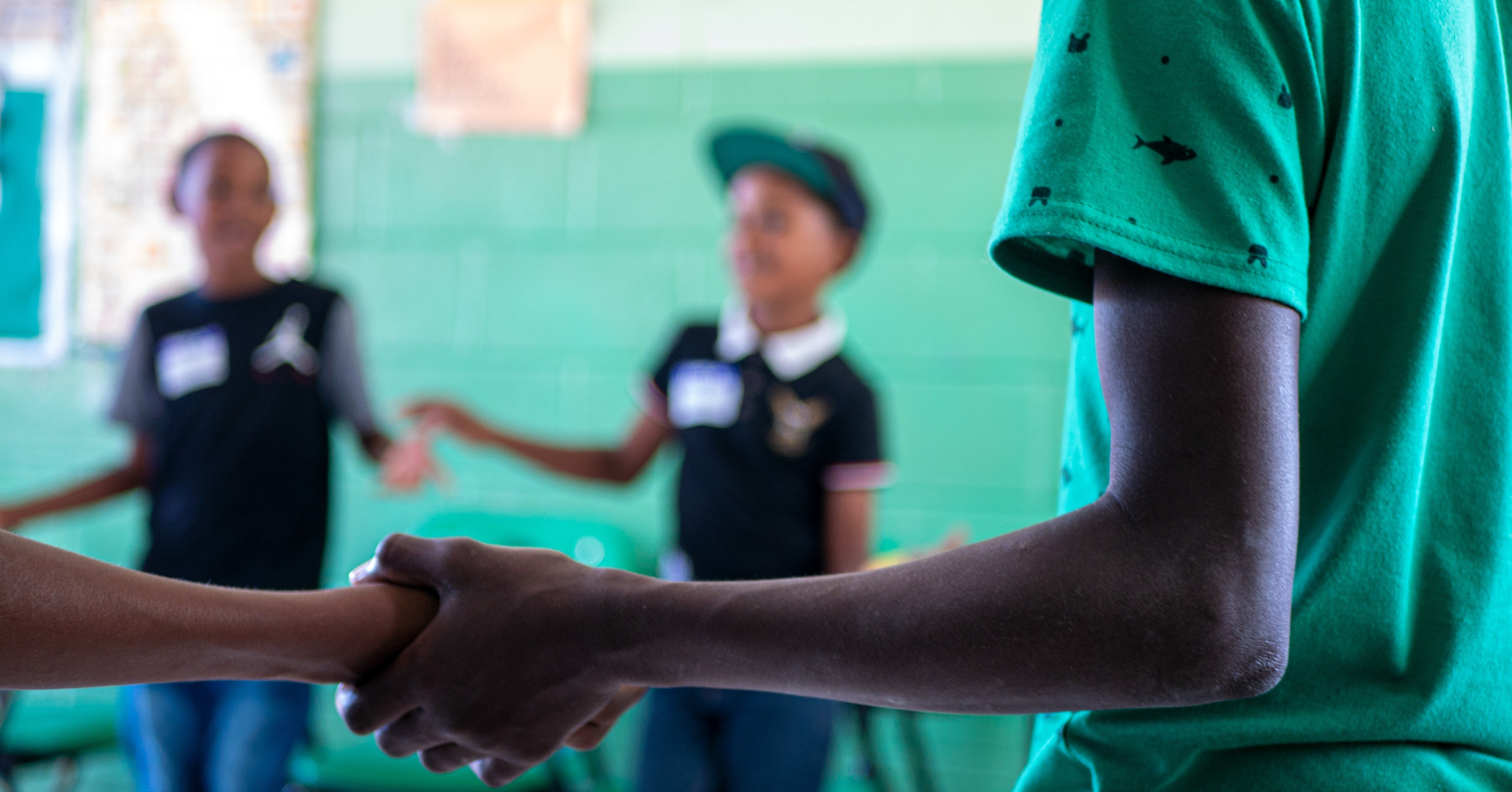How To Ensure A Broad and Balanced Curriculum in Your School
Implementing a broad and balanced curriculum is an important part of any school’s offering and has become even more so with Ofsted pushing this over the last couple of years. It ensures children and young people can not only benefit from a wide range of material, but helps to develop them into well-rounded individuals. While performance tables have usually been the most important factor for schools, curriculum design shouldn’t be overlooked.
So how do schools ensure they employ a broad and balanced curriculum? Let’s explore the key findings and practices.
- What Strengths Can A School Employ?
- Weaknesses To Identify
- Best Practices For A Broad and Balanced Curriculum
- Practice Examples
What Strengths Can A School Employ?
When evaluating a school’s ability to provide a broad and balanced curriculum, we can look for a number of strengths that can be employed:
- A key finding is that curriculums need to be regularly reviewed to identify their impact on pupils. If students aren’t performing well, it may mean that the curriculum needs remodelling.
- Schools need strong leadership. That leadership needs to be attuned to any research or Ofsted survey results. By reacting to this information accordingly, curriculums can be developed in line with these key findings.
- Finally, another strength to be employed is recognising that pupils with different levels of ability will view challenges in different ways. Challenge is for all, not just the most able. Everyone should be given a good chance to progress within their circumstances and so a broad and balanced curriculum will hopefully recognise and reflect this.
Weaknesses To Identify
As well as strengths, schools should be aware of pitfalls or weaknesses that can occur within key stages or even school-wide:
- One crucial weakness that schools can fall foul of is poor coordination of both numeracy and literacy across a curriculum, which severely limits the ability of pupils to progress.
- Similarly, students are easily bored by a lack of challenge - particularly if the curriculum repeats any work. A curriculum needs to be adaptive and have a clear sense of progression.
- A broad and balanced curriculum is also not possible without innovation. A lack of coherence, a poorly-planned and fragmented timetable and slow reactions to issues all work to limit the efficacy of a curriculum.
Best Practices for a Broad and Balanced Curriculum
Ensuring a broad and balanced curriculum comes from dedicated effort across an education provider. The following best practices will help you when developing and improving the effectiveness of your curriculum planning.
- Research is important. Arm yourself with both information and evidence, so that the points of any detractors or naysayers, who may argue for curriculum narrowing for example, can be effectively countered.
- Include principles in the curriculum. What school principles do you work towards? Are they reflected in the curriculum? A broad and balanced curriculum can be built from these.
- Champion numeracy and literacy. Identify key opportunities to apply both subject skills to foundational subjects. You could use a PE lesson to calculate pulse rates or employ narrative skills when teaching history or religious education. Interdisciplinary studies keep students interested and challenged.
- Plan for the long-term. Long-term planning gives you the scope to explore multiple topics and projects, where students can get hands-on and take initiative with the studies themselves. Remember to include a broad amount of focuses.
- Consider innovative timetables. Instead of setting timetables by subject, it’s possible to set them by topic or focus. It provides flexibility and also the opportunity to practice interdisciplinary skills.
- Stress the status of all subjects within a curriculum. Of course, while English and Maths are core subjects, they must not be seen as the only topics of worth. The status of all subjects must be recognised so that comprehensive skills can be developed across the entire curriculum by students.
Practice Examples
These examples are based around actual schools in the UK who have developed a key understanding and implementation of what a broad and balanced curriculum is.
An In-depth Teaching Style
One way of improving the depth of which a subject is explored is to create a theme out of it. Initially, you can begin a theme by arranging a visit from a subject specialist within that field. Include trips and team-building opportunities within the theme timescale. Visits and residential experiences are great opportunities to captivate enthusiasm within a group of students, which helps to enhance personal development.
Working With the National Curriculum
The best starting point for curriculum development is the National Curriculum. The two main aims of the National Curriculum are as follows:
- The national curriculum provides pupils with an introduction to the essential knowledge that they need to be an educated citizen. It introduces pupils to be the best that has been thought and said; and helps engender an appreciation of human creativity and achievement.
- The national curriculum is just one element in the education of every child. There is a time and space in the school day and in each week, term and year to range beyond the national curriculum specifications. The national curriculum provides an outline of core knowledge around which teachers can develop exciting and stimulating lessons to promote the development of pupils' knowledge, understanding and skills as part of the wider school curriculum.
The regulations and practices set out within the National Curriculum can be tailored to specific subjects. It can provide a base framework for your subject leaders and their subsequent curriculum development.
For further advice and guidance on teaching and learning, download our IG Schools Handbook.
For more information on improving the success of primary and secondary education, practitioners need to stay up-to-date with the evolving world of education providers. To do this, explore our events.
Events and Training For Primary and Secondary Education
Our events cover many different parts of a school’s working environment and can help you to create outstanding deliverables for your students.
If you’d like to explore our upcoming events, click here.




